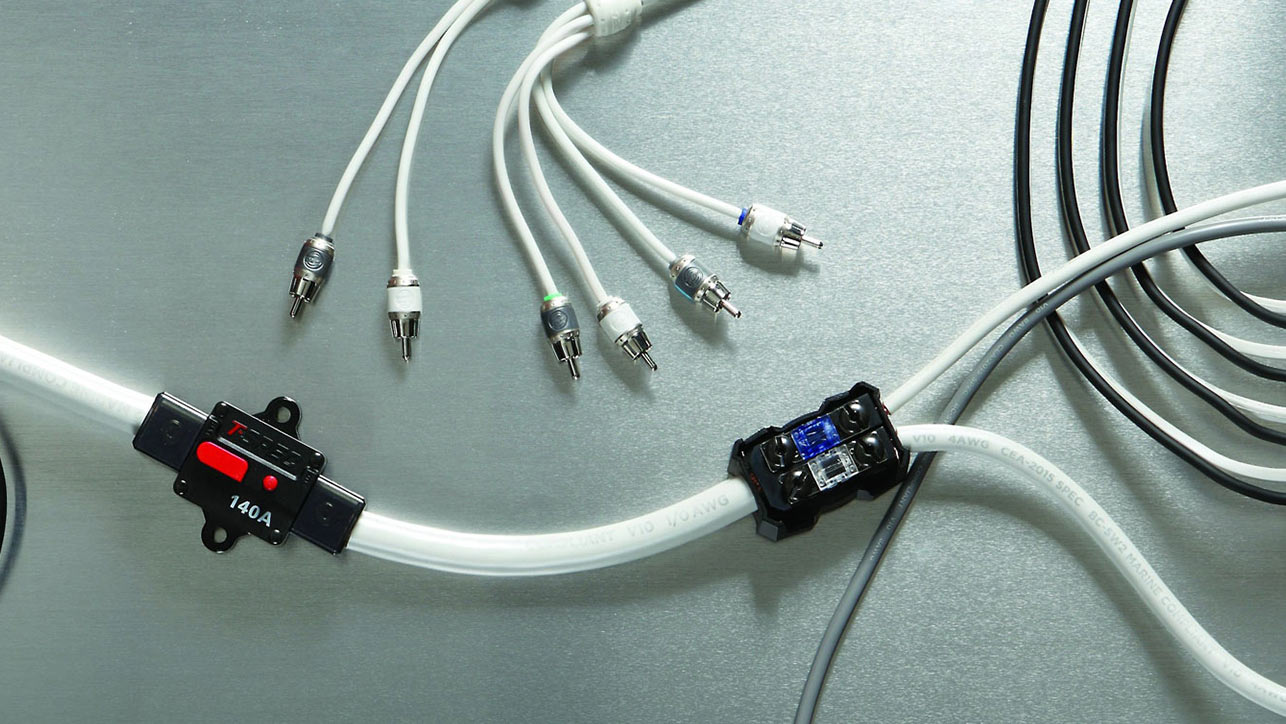Have a 2020 SR (not plus). Since i bought it my only real complaint was the total lack of low end. Figured it would be simple to install a small electrical component in an electric car. ICE vehicles have always been straight forward, and aside from fighting to get the power wire through the firewall they are mostly drama free.
Started reading about the M3 and discovered its by no means just a simple plug and play endeavor.
Not pictured is 12v switched. Im using a solid state relay, Its grabbing 12v constant from the light blue wire in the drivers kick panel for the 12v outlet in the center console, and then its using 12v switched from the center console light. This wire isnt strong enough to run the remote by itself, thus the relay. 12v turns on when the door opens, 12v turns off when you get out of the drivers seat and close the door (basically the behavior you want, on when you are in the car, off when you arent).
Wiring for it i followed from this post: 12v Switched?
So far so good, no error messages whatsoever.
I made up a diagram for the wiring (minus the midbass +/- in the kick panels):

Getting power from the penthouse:


Mocking the amp rack up:

The relay wired up:

Powers on and works. Resistor never gets warm or hot. I do hear the relay thud each time the door is opened, so i am sure it is working.



Started reading about the M3 and discovered its by no means just a simple plug and play endeavor.
Not pictured is 12v switched. Im using a solid state relay, Its grabbing 12v constant from the light blue wire in the drivers kick panel for the 12v outlet in the center console, and then its using 12v switched from the center console light. This wire isnt strong enough to run the remote by itself, thus the relay. 12v turns on when the door opens, 12v turns off when you get out of the drivers seat and close the door (basically the behavior you want, on when you are in the car, off when you arent).
Wiring for it i followed from this post: 12v Switched?
So far so good, no error messages whatsoever.
I made up a diagram for the wiring (minus the midbass +/- in the kick panels):
Getting power from the penthouse:
Mocking the amp rack up:
The relay wired up:
Powers on and works. Resistor never gets warm or hot. I do hear the relay thud each time the door is opened, so i am sure it is working.



